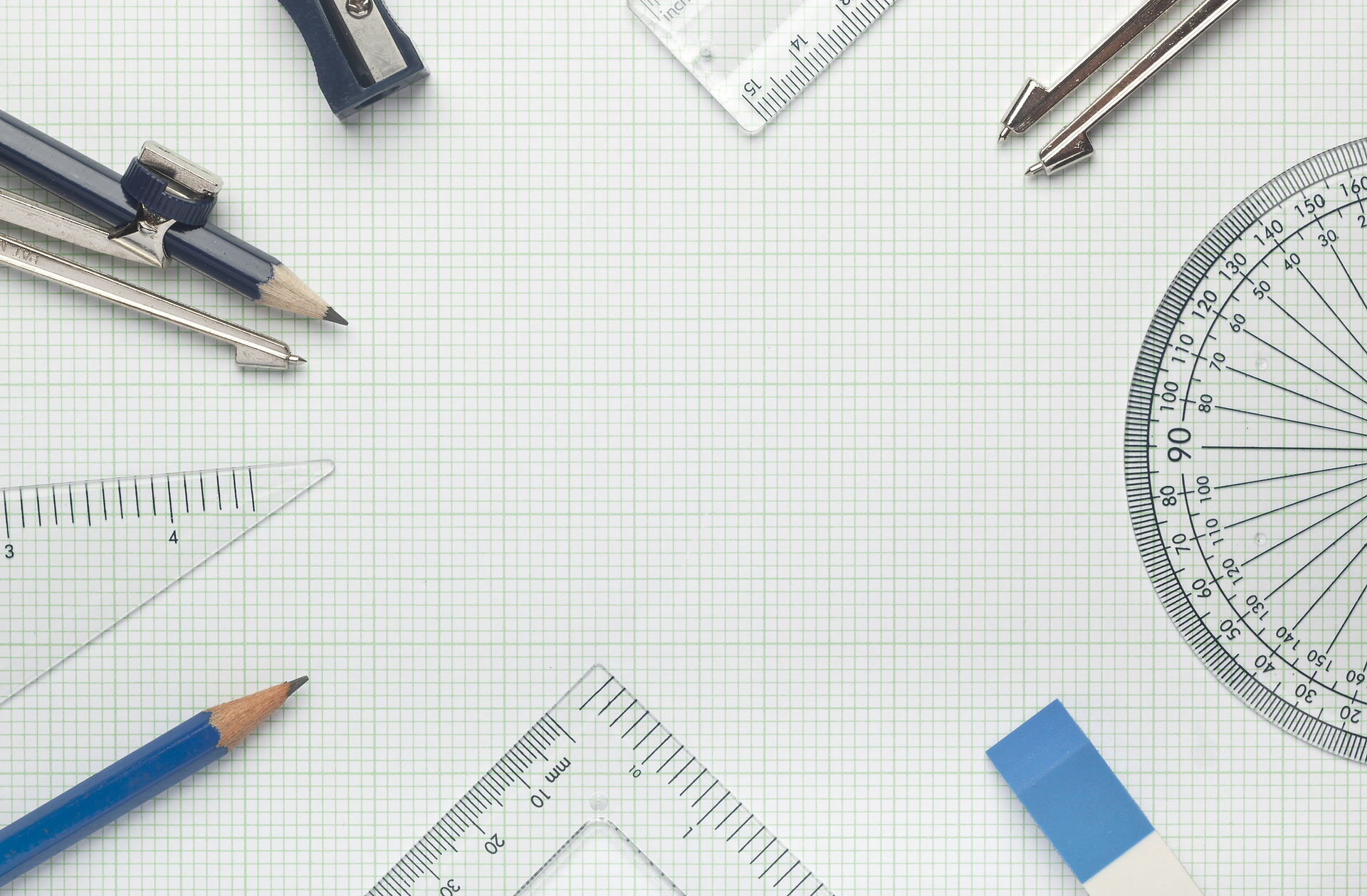
Tessellation
Tessellation is the science and art of covering an infinite plane with shapes without any gaps or overlaps.
The origin of tessellation is dated back to 4,000 years BCE, when Sumerians used clay tiles for the walls of their homes and temples. From there, tessellation became a part of the culture of many civilizations, from Egyptians to Greeks, from Byzantines to Chinese.
Since there are endless possibilities every culture came up with its own tiling style. At this point, the classification of tesselations became needed for mathematicians and artists to explore more.
Types of Tessellations
There are several types of tessellations. the most well-known ones are regular tessellations which made up of only one regular polygon. If you try regular polygons, you ll see that only equilateral triangles, squares, and regular hexagons can create regular tessellations.
Click here for the lesson plan of Regular Tessellations.
If one is allowed to use more than one type of regular polygons to create a tiling, then it is called semi-regular tessellation.
Click here for the lesson plan of Semi - Regular Tessellations.
The good news is, we do not need to use regular polygons all the time. We can use any polygon, any shape, or any figure like the famous artist and mathematician Escher to create Irregular tessellations
Among the irregular polygons, we know that all triangle and quadrilateral types can tessellate. Among the irregular pentagons, it is proven that only 15 of them can tesselate. You can use Polypad to have a closer look to these 15 irregular pentagons and create tessellations with them.
If you use only congruent shapes to make a tessellation, then it is called Monohedral Tessellation no matter the shape is. All regular tessellations are also monohedral. It may be better to show a counter-example here to explain the monohedral tessellations.
All the tessellations mentioned up to this point are Periodic tessellations. They consist of one pattern that is repeated again and again. Whatever direction you go, they will look the same everywhere.
In the 1970s, the British mathematician and physicist Roger Penrose discovered non-periodic tessellations. The pattern of shapes still goes infinitely in all directions, but the design never looks exactly the same. The most famous pair of such tiles are the dart and the kite.
Click here for the lesson plan of non-periodic Tessellations.




World Tessellation Day

Except where otherwise noted, graphics and photos copyright ©2016 Emily Grosvenor. All rights reserved.
Tessellation Activities & Puzzles
The concept of tessellation created many tiling puzzles and tangram activities. Since all polyominoes up to 7 can tesselate, Tetris became one of the most popular virtual games.
Maurits C. Escher (1898-1972)
WEBSITE
mcescher.com, is the official website published by the M.C. Escher Foundation and The M.C. Escher Company.
The Magic Mirror of M.C. Escher
This updated and redesigned edition of this book is a complete with biographical data, 250 illustrations, and a thorough breaking-down of each mathematical problem―offers answers to these and many other lingering mysteries, and is an authentic source text of the first order.
Listen Escher
from R. Penrose
This video is a part of Art Documentaries, episode 18/18. Penrose travels through Escher's greatest masterpieces - marvelling at his intuitive brilliance and the penetrating light it still sheds on complex mathematical concepts.
CREATE YOUR OWN ESCHER ART
There are several ways of creating Escher-like tessellations. One way sure is to use grid papers and applying transformations on already tessellating shapes. An Easier way is creating templates out of paper, wood, buy or 3D print them.

Tessellation Flextangles - Kaliedocycle
A Kaliedocycle is a three-dimensional ring made from a chain of solid figures enclosed or bonded by four triangles.
Here, you can find a template of Mobius Kaleidocycle for free by UFMB
In this book, you can find several Escher kaleidocycles which are adaptations of Escher's 2D images of fish, angels, flowers, people, etc., transformed into uniform, interlocking, three-dimensional objects whose patterns wrap endlessly.

Here are some templates created by iOrnament apps
17 Symmetry Groups
Tessellations can be made with different combinations of transformations. There are17 distinct ways that a pattern can be used to tile surface.
These are also called wallpaper groups. If you want to try, use the interactive at Mathigon's Transformations and Symmetry applet or the iornament app.
Tessellations In Non-Euclidean Geometries
Coming Soon
It is possible to tessellate in the hyperbolic geometry. While in a Euclidean plane there are only three regular tessellations, in a hyperbolical plane there are endless regular tessellations.


Best Buys for Tessellation
































